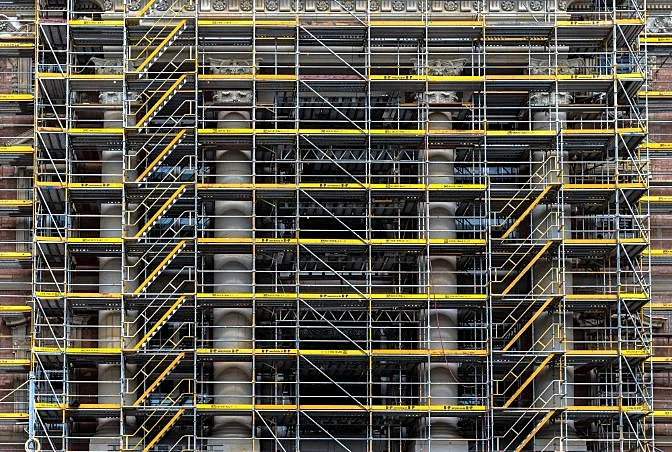Dec . 02, 2024 05:25 Back to list
Innovative Techniques for Utilizing Inclined Column Formwork in Modern Construction Projects
The Advantages of Inclined Column Formwork in Construction
In the ever-evolving world of construction, innovative techniques and materials consistently redefine the efficiency and effectiveness of building processes. Among these advancements, inclined column formwork has emerged as a significant method that contributes to the overall productivity of construction projects. This article aims to explore the concept of inclined column formwork, its advantages, and its applications in modern construction.
Understanding Inclined Column Formwork
Inclined column formwork refers to a tailored framework used to mold concrete columns that are set at an angle, rather than the traditional vertical orientation. These forms are designed to conform to the specific geometry required for various architectural designs, accommodating a range of angles and shapes. The formwork is typically made from robust materials that can withstand the pressures of wet concrete while ensuring a smooth surface finish.
The Advantages of Inclined Column Formwork
1. Design Flexibility
One of the most significant advantages of inclined column formwork is its ability to accommodate elaborate architectural designs. Modern construction often involves unique structures that require non-standard angles and shapes. Inclined formwork allows architects and engineers to implement their creative visions without being constrained by traditional vertical formwork systems. This flexibility can enhance the aesthetic appeal of a building, setting it apart from conventional designs.
2. Structural Integrity
Using inclined column formwork can improve the structural integrity of certain designs. Concrete columns at angles can distribute loads more effectively in specific situations, allowing for a stronger overall structure. The correct application of inclined columns can lead to better seismic performance in earthquake-prone areas, as they can be designed to carry loads in multiple directions, enhancing the resilience of the building.
inclined column formwork

Inclined column formwork generally offers greater efficiency during the construction process. Unlike traditional methods that may require excessive labor and time for setup and installation, modern formwork systems are designed for quick assembly and disassembly. This efficiency reduces labor costs and minimizes the time needed to complete the framing process. Additionally, the use of modular components allows for easy adjustments and alterations on-site, further facilitating swift construction.
4. Cost-Effectiveness
While the initial investment in inclined column formwork may be higher than traditional methods, the long-term cost savings are often significant. Reduced labor costs, shorter construction timelines, and minimized material waste translate into overall savings for the project. Furthermore, due to the enhanced structural integrity and durability of the construction, maintenance costs may also be lower over the lifespan of the building.
5. Enhanced Safety
Safety is paramount in construction, and inclined column formwork can contribute positively to site safety. The modular design often results in fewer components, which can lower the risks associated with assembly and disassembly. With reduced complexity, workers face fewer hazards, and the enhanced stability of inclined columns helps ensure that the overall structure is secure during the construction phase.
Applications in Modern Construction
Inclined column formwork is particularly beneficial in projects that require unique architectural features, such as cultural centers, museums, and modern office buildings. It is also useful in the construction of bridges and overpasses, where specific angular requirements are necessary to accommodate structural loads and ensure driver safety.
In recent years, the rise of sustainable construction practices has further emphasized the relevance of inclined column formwork. By enabling more efficient use of materials and energy, this method aligns well with green building initiatives aimed at minimizing environmental impact.
Conclusion
In conclusion, inclined column formwork represents a significant advancement in construction practices, offering benefits that extend beyond aesthetic appeal. By enhancing design flexibility, structural integrity, efficiency, cost-effectiveness, and safety, this method is well-suited to meet the demands of modern architecture. As the construction industry continues to evolve, the adoption of innovative techniques like inclined column formwork will likely play a vital role in shaping the buildings of tomorrow.
-
High-Quality U Head Jack Scaffolding – Reliable Scaffolding Jack Head Manufacturer & Factory
NewsJul.08,2025
-
High-Quality I Beam H20 Leading Timber Beam H20 Material Factory, Exporters & Manufacturers
NewsJul.08,2025
-
High-Quality Powder Coating Steel Formwork - Durable & Corrosion Resistant Solutions
NewsJul.07,2025
-
Inclined Column Formwork Supplier – Durable & Precise Solutions for Unique Structures
NewsJul.07,2025
-
High-Quality Water Stop Solutions Trusted Water Stop Company & Suppliers
NewsJul.07,2025
-
High-Quality Formwork Material Supplier Reliable Manufacturer & Factory Solutions
NewsJul.06,2025